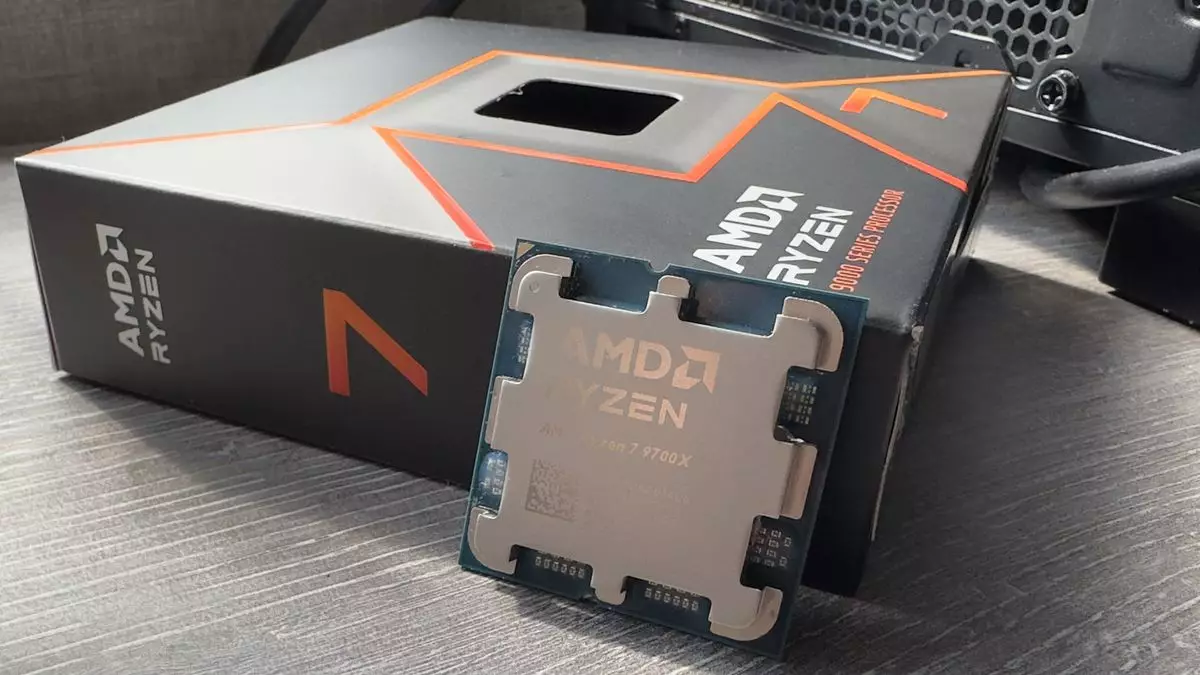The tech landscape is in constant flux, and recent developments surrounding AMD’s Ryzen 9000-series processors highlight how such shifts can impact the semiconductor industry. AMD’s decision to have some of its latest CPUs fabricated at TSMC’s new facility in Arizona signals a pivotal moment not only for AMD but also for semiconductor manufacturing in the United States. By analyzing the motivations behind this move and the broader implications, we can glimpse how the evolving dynamics of production and technological advancements might shape future outcomes in the industry.
AMD’s partnership with TSMC has been a cornerstone of its ability to compete in the high-performance CPU market. Initially reported last year, the decision to shift some production to TSMC’s Arizona fab is now identified specifically with the Ryzen 9000 models. The revelation that these CPUs are already in production shows not only AMD’s confidence in the Arizona facility but also underscores the ongoing competitiveness in the semiconductor space as domestic manufacturing gains traction post-pandemic.
It’s essential to contextualize this strategic decision within a landscape marked by increasing geopolitical tensions and supply chain vulnerabilities. As companies look to localize manufacturing, AMD’s move represents not just a logistical adjustment but an alignment with national interests in securing technology and production capabilities within US borders. Although commendable, the effectiveness of such a strategy will depend on long-term cost management.
TSMC’s assertion that production costs in Arizona are higher than in Taiwan introduces a layer of complexity to this narrative. The reported plan to price US-made chips at a premium raises questions about competitiveness. With consumer-end products generally sensitive to price variations, this could challenge AMD’s pricing strategies and ultimately affect end-users. Manufacturers such as AMD must balance the higher costs with added benefits, such as reduced shipping times and potential tariff avoidance.
The Ryzen 9000 series, utilizing advanced 4nm technology, was initially rolled out from TSMC’s Taiwan facilities. Making a transition to the US implies not just political alignment but also an inherent risk: if consumers are faced with higher prices for US-made chips, they may opt for alternatives, thus impacting AMD’s market share. How AMD navigates this cost-benefit conundrum will be crucial in determining the success of its Arizona initiative.
One of the standout features of AMD’s Ryzen 9000 series is its chiplet architecture, which allows for modularity and efficiency. However, this design emphasizes the intricacies of the manufacturing process. While certain 8-core CPU dies may now be produced in Arizona, other critical components, such as the 6nm input-output die, remain reliant on fabrication in Taiwan. This scenario paints a picture of a supply chain that is still globally interconnected, despite AMD’s assertion of a “Made in America” ethos.
The importance of this chiplet design means that even if the CPU cores are manufactured domestically, the overall identity of the product as traditionally American remains diluted. Understanding where every component is produced should be a priority for consumers and stakeholders alike, as the holistic view of a product’s lifecycle impacts both brand perception and market dynamics.
As TSMC establishes three new fabs in Arizona—with plans to produce increasingly advanced chips—the landscape of semiconductor manufacturing continues to evolve. However, the technological edge still remains with Taiwanese fabs for the foreseeable future. With global supply chains continuing to recover, the strategic decisions by AMD, TSMC, and their competitors will play a significant role in shaping the industry’s direction.
Although TSMC’s cutting-edge N2 chips will initially only be produced in Taiwan, AMD and its rivals may still prosper by focusing on current technologies while gradually adapting to the capabilities of US-manufactured products. The ongoing tech race will require companies to be agile, balancing innovation with local production pressures.
While AMD’s shift to TSMC’s Arizona facility signals a promising development in domestic manufacturing and a strategic competitive advantage, the challenges of cost management, design complexity, and global interconnectedness must be managed proactively. As we look to the future, this strategic play is just one piece of an intricate puzzle that will surely reshape the technology landscape in the coming years.

